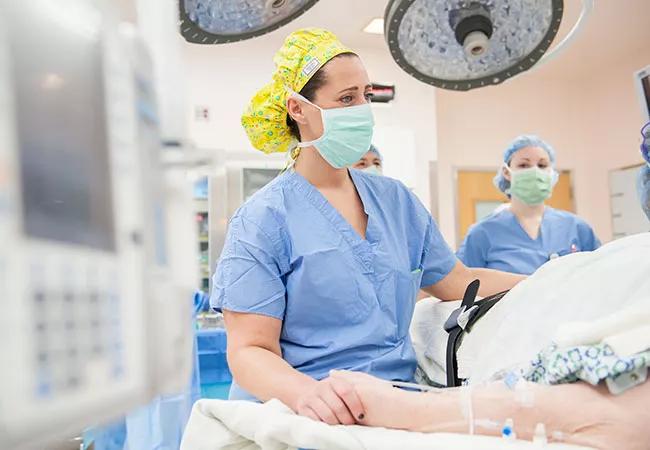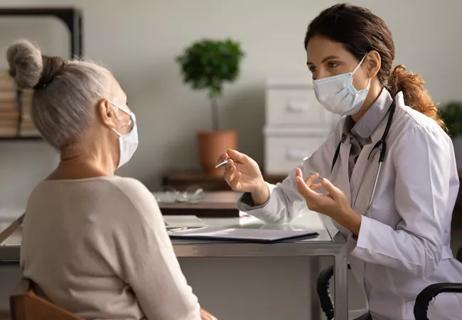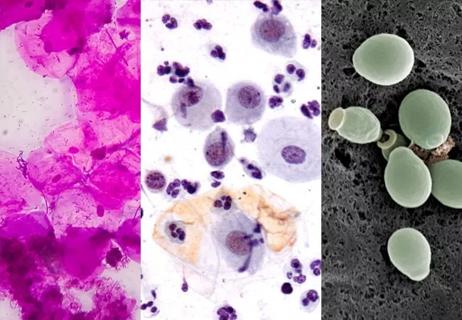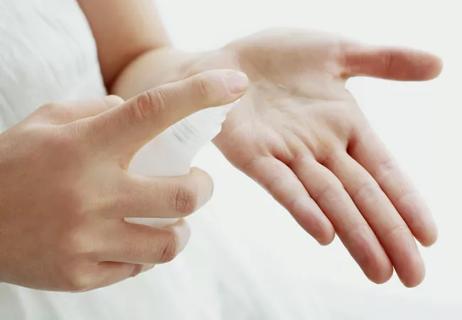Advertisement
Program helps meet a growing need

Advertisement
Cleveland Clinic is a non-profit academic medical center. Advertising on our site helps support our mission. We do not endorse non-Cleveland Clinic products or services. Policy
In 2016, eight genital surgeries for transgender women were successfully performed at Cleveland Clinic. I perform one to two of these surgeries per month, with the assistance of the female pelvic medicine and reconstructive surgery fellows as well as the Ob/Gyn residents.
Our program has grown very busy as a result of improved commercial and government-sponsored insurance coverage for transgender-specific services. We are now booking a half a year out.
Previously referred to as “sex reassignment surgery,” male-to-female vaginoplasty or “gender affirmation surgery” is currently performed by about a dozen U.S. surgeons. Historically, private practice surgeons performed these procedures, and training was obtained through apprenticeships. Efforts are now underway to move this surgical subspecialty into the academic realm, and fellowship programs are in development.
At Cleveland Clinic, patients undergo surgical consultations at one of three sites in Greater Cleveland. Our team follows the World Professional Association for Transgender Health guidelines to ensure patients are appropriate surgical candidates.
We require that patients live full time as their self-affirmed gender for more than one year, that they have undergone cross-sex hormone therapy for at least one year, and that they have two letters of support for surgical transition from two mental health professionals who are well-versed in transgender patient care. Patients who have met these criteria are deemed appropriate surgical candidates.
Advertisement
They cannot be smokers or be excessively overweight, and they must be medically optimized for surgery if they have medical comorbidities.
The approximately four- to five-hour surgery is performed at Cleveland Clinic’s main campus, using the penile inversion vaginoplasty technique. This involves use of the penile skin and a scrotal graft to create a functional neovaginal tube, which is inset in the vesicorectal space, a potential space that is created through a transperineal dissection. The external genitalia are created using penile skin, a portion of the urethral mucosa and the penile structures including the glans penis.
Postoperatively, the reconstructed anatomy is functional and sensate. Surgical risks include bleeding and need for transfusion; postoperative hematoma, seroma and infection; and intraoperative rectal, bladder and urethral injury, with risk for postoperative fistula formation between these organs and the neovagina. Patients are well-counseled preoperatively regarding these risks, including an extensive discussion regarding expectations for cosmetic and functional outcomes.
Patients are admitted to the hospital for three nights and remain on bedrest, allowing their flaps to heal properly. They are closely monitored and discharged on postoperative day three to an on-campus hotel, where they are observed for four to 10 nights.
Length of stay depends on how far they have traveled. Six of our eight patients were from out of state and required extended recovery time before returning home. Nonlocal patients must have a nearby provider who has agreed to help with any necessary postoperative care. This allows constant communication to ensure that patients are healing properly and getting needed wound care to guarantee favorable outcomes.
Advertisement
We look forward to our program expanding. Each month, our volume of patients from Greater Cleveland and beyond increases.
Integrating surgical care for transgender women into our training programs is becoming a priority, and we plan to develop a research initiative to help track outcomes and advance this surgical subspecialty.
Advertisement
Advertisement

How we create obstacles for sexual, reproductive and menopausal healthcare despite our best intentions

One approved non-hormonal therapy and another on the horizon reduce vasomotor symptoms

Some post-menopausal patients may benefit from treatment

Study shows higher rates of complications, laparotomies among non-white women

Proper diagnosis and treatment require a careful mix of patient and clinical considerations

Study uniquely powered to compare adverse effects

What is female hypoactive sexual desire disorder and how is it treated?

Indications and best-practice recommendations for the use of androgen therapy